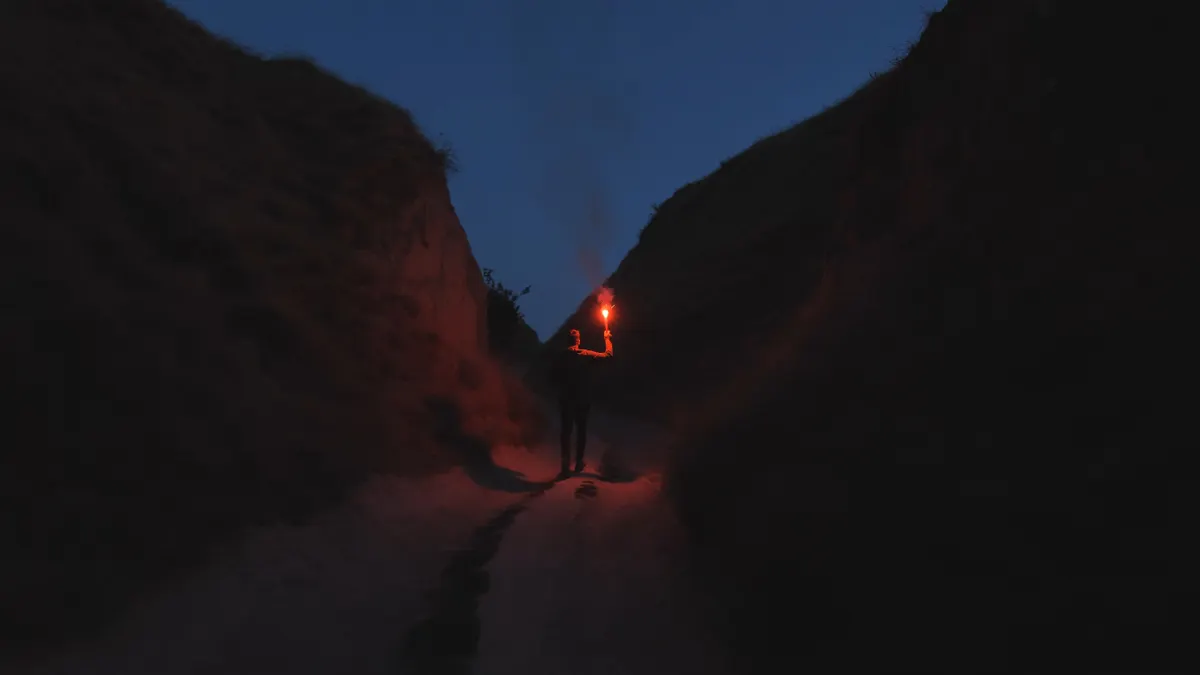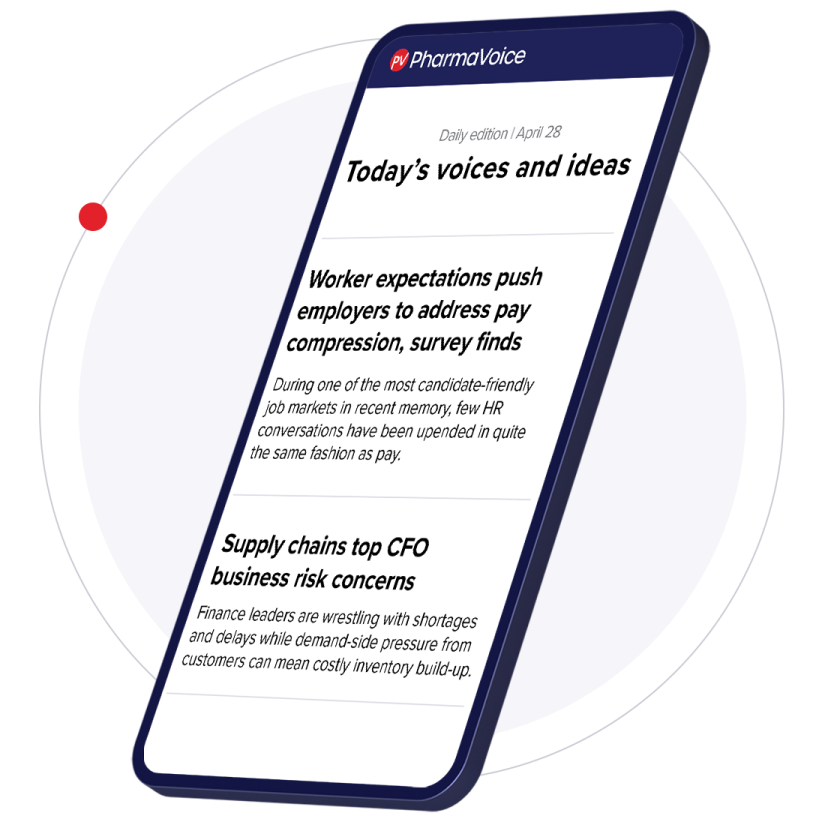The funding environment for private biotechs is in dire shape. Down 65% in the second quarter of the year, the sector continues to wallow in a “valley of death,” according to Sara Choi, a partner at the venture capital firm Wing VC.

The harsh landscape has been carved out by a volatile economic climate and dynamics unique to the biotech sector. To operate in these conditions, drugmakers need to accomplish more with less.
“At the outset of COVID, the traditional profile of a company getting funded would need hundreds of millions of dollars to build out their team and their platform and eventually get to drugs — the heyday of biotech,” Choi said. “Now, the common wisdom is, for maybe $50 million you’d better already have a development candidate.”
Back when money was flowing more freely, investors were more likely to bet on a company based on a platform even if development goals were relatively vague. For a platform company to reach a second round of financing in today’s more austere climate, they need not just one candidate but a pipeline of assets.
That’s where the valley of death comes into play, forcing biotechs to forgo creature comforts to give themselves enough runway and produce concrete data to show investors.
“Biotechs need to operate in a very capital-constrained way, which means they can’t go out and hire an army of people or get a fancy building,” Choi said. “Everything boils down to how credibly you can lead to assets that have commercial value.”
While the total capital and rounds in life sciences startup funding rose steadily from 2021 to the middle of 2024, both began to fall again in the last few quarters, according to a report sent to PharmaVoice from private capital software company Carta. And despite continued optimism for a biotech rebound, the tough environment shows the sector isn’t out of the woods yet.
Capital’s changing role
The biotech sector’s reliance on pharma money is an industry constant, with bigger commercial enterprises funding earlier science for a shot at the next big thing. With many of the world’s biggest drugmakers also taking on a venture capital role, they can set the stage for what’s happening in biotech investment.
While pharmas want new innovation and have moved more aggressively to get involved earlier in the life cycle of a company, many biotechs still need cash before they have data-supported drug candidates.
“Series B in biotech is probably the hardest asset class to raise for across any asset class in any industry right now."

Sara Choi
Partner, Wing VC
But the market has corrected itself from the times when VCs and pharma companies were investing to be part of the “party money” and pumping up the value of fundraising rounds, Choi said.
“What we saw was a course correction, which we’re living through now,” Choi said.
The valley of death is where biotechs find themselves when they’ve gotten off the ground with a first round of funding, but have trouble gaining enough runway to provide data and justification for a larger second round.
“Series B in biotech is probably the hardest asset class to raise for across any asset class in any industry right now, and unfortunately we have this dynamic that’s playing out in the public and private markets where people have not gotten the outcomes they wanted as venture firms,” Choi said.
For biotechs, IPOs have also taken a back seat as a means to raise capital. There were more than 100 biotech IPOs in 2021, but fewer than 10 so far this year, leaving small companies struggling to make ends meet. Adding to the downturn, VCs looking to invest in biotech are more worried about protecting the bets they’ve already made rather than exploring new ones, Choi said.
“Venture timelines tend to operate on a timeline of about 10 years or so, and you need to make sure that the companies you’ve already invested in have sufficient runway to have a chance of making it,” Choi said. “It’s not a free activity to invest in a company — if you want to do it well, you have to put real time and resources behind those activities to help companies succeed.”
With their energy focused on keeping previous investments safe, VCs might sit out some fundraising rounds, especially if they can take upwards of a year to complete, Choi said.
Out of the valley
Technology like AI and machine learning could turn the tide and lead to a “super-cycle” of companies solving critical problems in the industry to create efficiencies and extend the runway for smaller companies.
A recent program introduced by Eli Lilly gives smaller companies free access to AI models in return for data that can help improve those models. Choi sees it as a promising new form of investment that can help biotechs meet the moment without the capital they once relied on.
Pharma is also putting more weight behind target discovery deals, gambling on partnerships earlier in their development. Deals like Novo Nordisk’s alliance with Variant Bio and AstraZeneca’s partnership with Tempus AI represent a relatively new route of biotech viability, Choi said.
Regardless of what comes next for the beleaguered sector, getting into and staying relevant in biotech takes guts.
“I get excited by the courage of biotech founders to start companies in the face of this challenging market,” Choi said. “You see the grittiest, most resilient, most courageous founders emerge during this kind of downturn.”


















